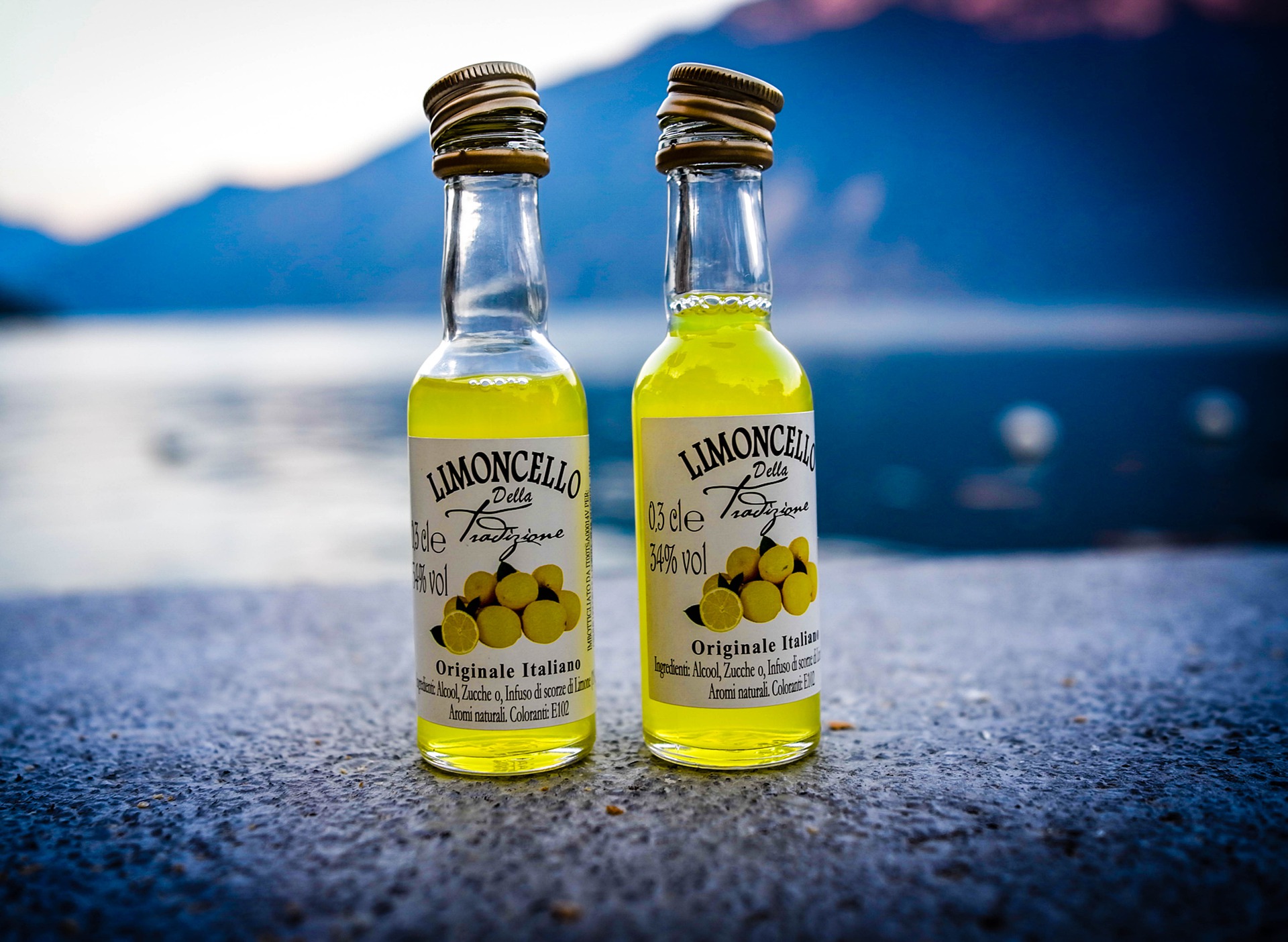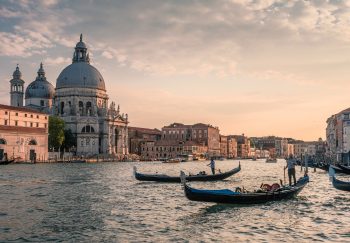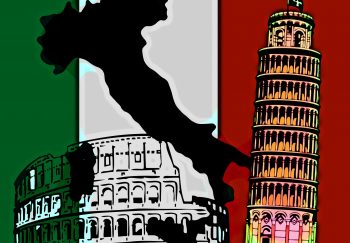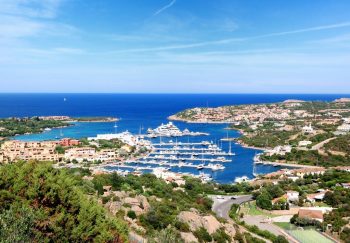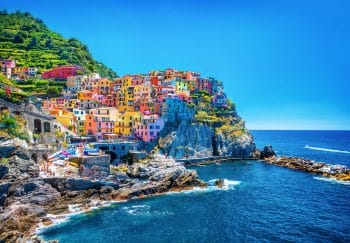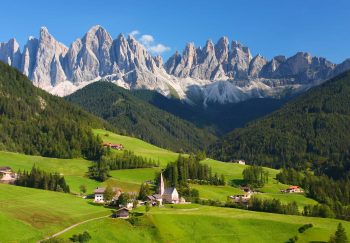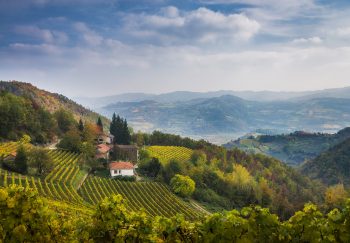The most well-known digestive (after-dinner drinks) in Italy is limoncello. It’s also the pride of Italy’s Campania region and Liguria. It’s a good reason. You’ve probably had this almost fluorescent-yellow, sweet liqueur before. It was perhaps given to you as a thank you for your dinner in Italy. It’s unlike any other digestive.
Digestives, or “digestifs”, are drinks that are taken after a meal to soothe the stomach. They have a long history. Ancient Romans infused wine with herbs believing it had medicinal, even supernatural powers. Hippocrates enjoyed bitter after-dinner drinks to aid his digestion. Monks in the Middle Ages grew herbs to create concoctions that could prevent disease. This phrase is still used on digestivo labels. “Anti-colerici” means the drink can “prevent or treat cholera.”
However, such drinks were not commercialized until the 19th Century. It all began in 1815 when a Milan-based wine merchant created a liqueur using 33 herbal ingredients including rhubarb and orange peel, quinine, and rose petals. His amaro, which in Italian means “bitter”, was named the Amaro Festina Ramazzotti. It was quickly popularized in the many cafés and salons that opened up throughout Milan, where it is a favorite tipple. It’s still one the most loved digestivi in Italy.
Although it might seem a bit strange to hear about digestivi’s “medicinal properties”, both Italians and tourists swear they are true. We can confirm: A shot of grappa, or amaro takes away the guilt from a heavy meal.
Traditional digestivi can be difficult to swallow for a first-time visitor. (Literally!). They are strong with a 20-40 percent alcohol content. They are bitter and herbal, as if that wasn’t enough. Sometimes it’s hard to believe that they are an “acquired taste “…”.
This is where limoncello steps in.
Limoncello is generally lighter than other limoncello varieties, and it’s not bitter or sour. It is refreshing and tangy. It is balanced between sweetness and acidity. The best limoncellos won’t burn your throat but they aren’t sickly sweet. If you don’t like the bitterness of sambuca or the strong anise in digestivo, limoncello is a delicious alternative.
It is impossible to know when or where limoncello was created. It is likely that limoncello was first made by monasteries or convents, as with other liqueurs. Both Campania, particularly the Amalfi coast and Sorrento and Capri, and Liguria, home of the Cinque Terre, claim it as theirs.
It doesn’t matter where it started, the process of making it is simple. All you need are great, fresh lemons and thick, healthy skins. These are not the lemons you’d find in your local grocery store. They’re grapefruit-sized lemons with thick skins that can withstand the sun and thrive in Italy’s sunny climate. If you doubt us, check out the photo below! ).
We picked lemons from an agriturismo on one of our recent trips in the Cinque Terre. The owner then showed us how to make limoncello with them. She explained that the traditional method is to infuse lemon rinds with 95 percent alcohol. Allow the infusion to stand for eight days. Strain the zest and boil the water to make syrup. Once the syrup has cooled, add the alcoholic mixture and bottle it.
It sounds simple. The result? It was so delicious.
A tipple of Limoncello is a must-have, especially if you are on the Cinque Terre and Amalfi Coasts. You can even go to a “factory” for limoncello. They are located all over Sorrento and Amalfi. There you can watch the process and sample the product, completely free!
